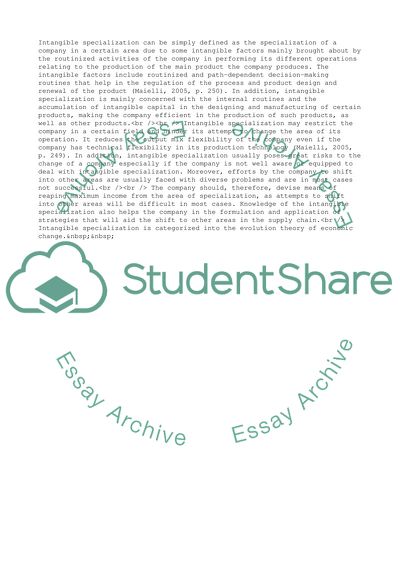Cite this document
(Fiat: Intangible Specialization and Product-Mix Optimization Case Study - 5, n.d.)
Fiat: Intangible Specialization and Product-Mix Optimization Case Study - 5. Retrieved from https://studentshare.org/management/1747905-operations-management
Fiat: Intangible Specialization and Product-Mix Optimization Case Study - 5. Retrieved from https://studentshare.org/management/1747905-operations-management
(Fiat: Intangible Specialization and Product-Mix Optimization Case Study - 5)
Fiat: Intangible Specialization and Product-Mix Optimization Case Study - 5. https://studentshare.org/management/1747905-operations-management.
Fiat: Intangible Specialization and Product-Mix Optimization Case Study - 5. https://studentshare.org/management/1747905-operations-management.
“Fiat: Intangible Specialization and Product-Mix Optimization Case Study - 5”. https://studentshare.org/management/1747905-operations-management.


